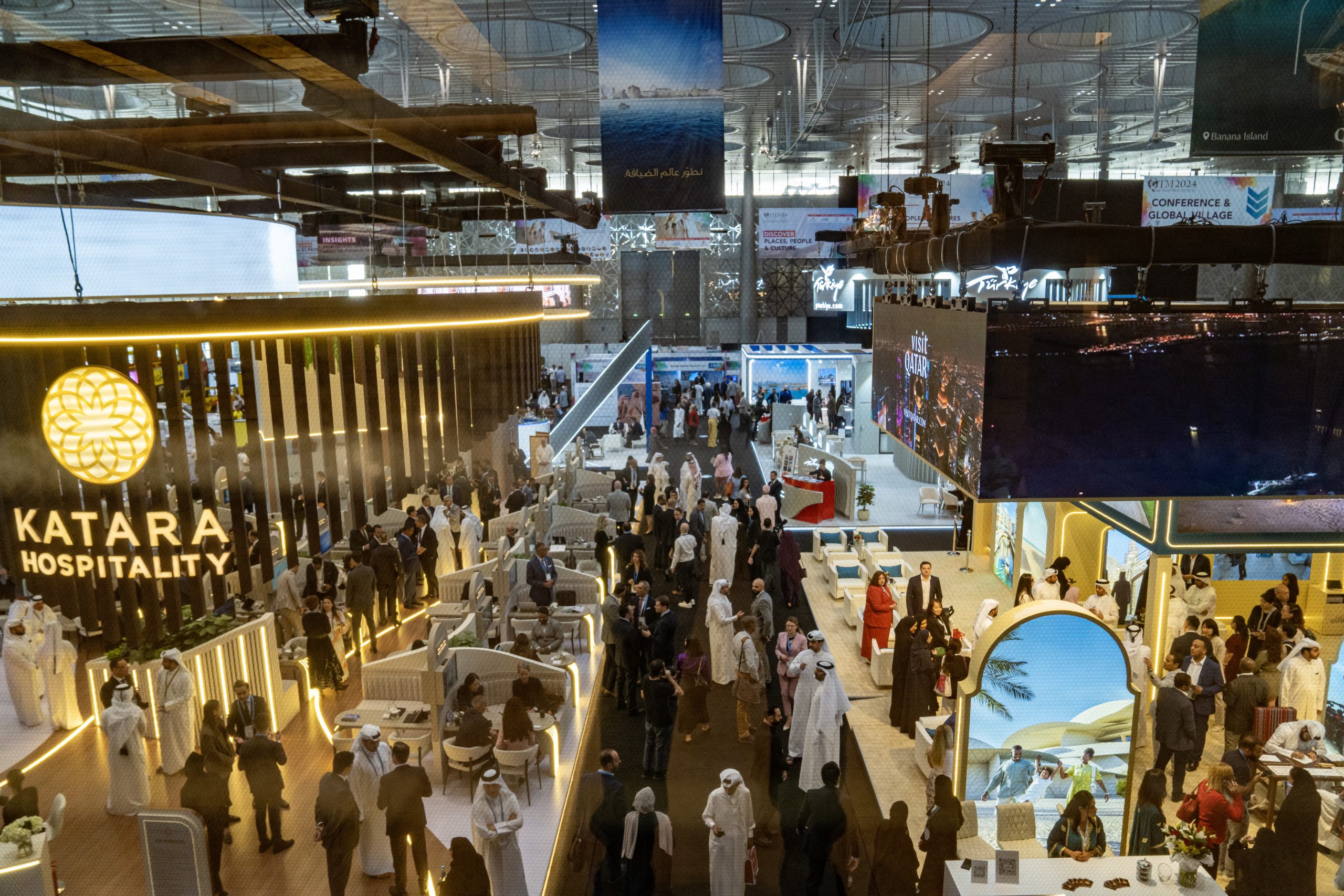
Hotels in Qatar look set to have a relatively successful year, with occupancy rates for the rest of 2015 forecast to be the highest among its Gulf rivals, according to a new report.
Despite the high demand, room prices are expected to remain among the lowest in the region for the remainder of this year and through 2016, consulting and accountancy firm PwC said.
In its second annual hotel report for the Middle East, “Accommodating growth,” PwC noted that occupancy rates for Qatar hotels grew by 13.6 percent in 2014 over the previous year to stand at 73.8 percent, compared to just 65 percent in 2013.
Demand is expected to continue to rise this year and next year, albeit at a much slower rate, PwC said, adding that Qatar hotels will have the best occupancy rates among the six Gulf cities examined for the report: Abu Dhabi, Dubai, Muscat, Riyadh and Jeddah, as well as Doha.
What’s ahead
For 2015, it estimates that on average Doha hotels will be 77.9 percent full, showing a 5.5 percent increase on 2014.

Hotels in Dubai and Abu Dhabi are set to have occupancy rates of 77.4 percent and 77 percent respectively this year.
However, they will catch up in 2016 when hotels in all three cities are predicted to enjoy occupancy rates of 80.7 percent each. This equates to a rise of 3.7 percent for Doha hoteliers, the report said.
However, PwC cautioned hotels in the region that have previously based their business models on high occupancy rates.
“We’ve started to see some operators dropping their prices to maintain occupancy levels, and some may even be offering rooms at below break-even level. With over 54,000 rooms under construction and another 72,000 planned for the region, supply could well start to outstrip demand, putting ever greater pressure on both occupancy and ADR.
The key factor here will, of course, be tourist numbers. At present, visitor numbers are rising faster in the Middle East than in almost anywhere else in the world – Dubai, for example, is expecting to double its tourists over the next six to seven years. But if that proves over-optimistic, and growth slows or stagnates, operators may be forced to recalibrate their business model to reflect that new reality.”
In Qatar, average daily room rates remain one of the lowest of the cities studied for the report, although they are set to increase slightly this year and next.

Last year, the report found that the ADR (average daily room rate) for Qatar hotels continued to decline for the sixth consecutive year, standing at US$181/night. This trend looks like it will change this year as rates gradually start to increase again.
The ADR forecast by PwC for 2015 shows a 1 percent growth to $183, while in 2016 it is predicted to rise to $184/night.
While heading in the right direction, it shows that hotel rooms in Qatar look likely to remain some of the cheapest in the region. Only Abu Dhabi hotels are predicted to have lower ADR, at $147 this year and $152 in 2016.
Expansion
While the report does not give detailed analysis behind the figures, it did highlight the fact that Qatar is expanding its hospitality sector, with 20 hotels and hotel apartments planned to open during this year alone, according to previously-issued figures by Qatar Tourism Authority.
This amounts to around 4,000 new hotel rooms, or an increase of 25 percent, which is significantly ahead of the 8.2 percent rise in visitor numbers Qatar enjoyed last year.

Qatar is planning to build approximately 80 new hotels and hotel apartments over the next five years as the country in advance of the surge of visitors expected during the 2022 World Cup.
Many analysts have warned that the country could face an oversupply of hotels, and in its report, PwC echoes this concern.
It said that a winter World Cup in 2022 may limit the number of families traveling to Qatar at the time, as school holidays are shorter than during the summer, when the tournament usually takes place.
“…The number of hotels now being built is likely to outstrip those required in Doha after the World Cup pending further work on legacy program and demand – the city currently has 16,000 rooms, but this is expected to rise to 60,000 by 2022. Already we see 722 recently opened rooms and almost 6,000 in construction.
The Qatari authorities may therefore face the challenge of what to do with all these rooms: stadiums can be dismantled, but hotels are tougher to re-purpose, and converting them to apartment blocks is expensive and may simply shift the problem, by creating oversupply in housing, rather than hospitality,” the report states.
However, one of Qatar’s most prominent figures in hospitality has recently argued that he does not agree with the pessimistic forecast of analysts.
Alfardan Group president and CEO Omar Hussain Alfardan said in an interview with Oxford Business Group that he believes there will not be an oversupply of hotel rooms, Gulf Times reports.
He argued this will be in part due to the increasing number of high-profile international events the state is set to host in the coming years, including the World Athletics Championships in 2019.
“The market is still flexible enough to absorb new hotels and extra room keys, especially with Qatar scheduled to host international events.
“The property market will benefit from this event (World Athletics Championships), as more people coming to the country to watch the championships will boost demand for residential units and room keys,” he said.
Thoughts?







